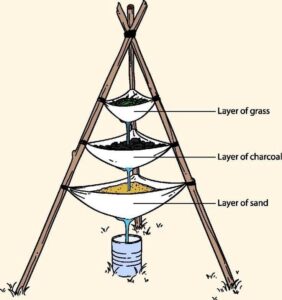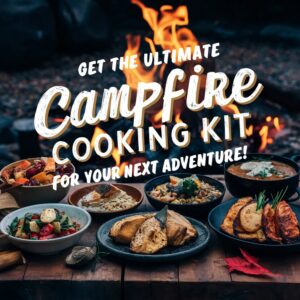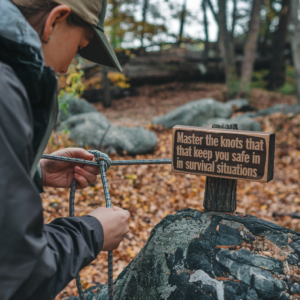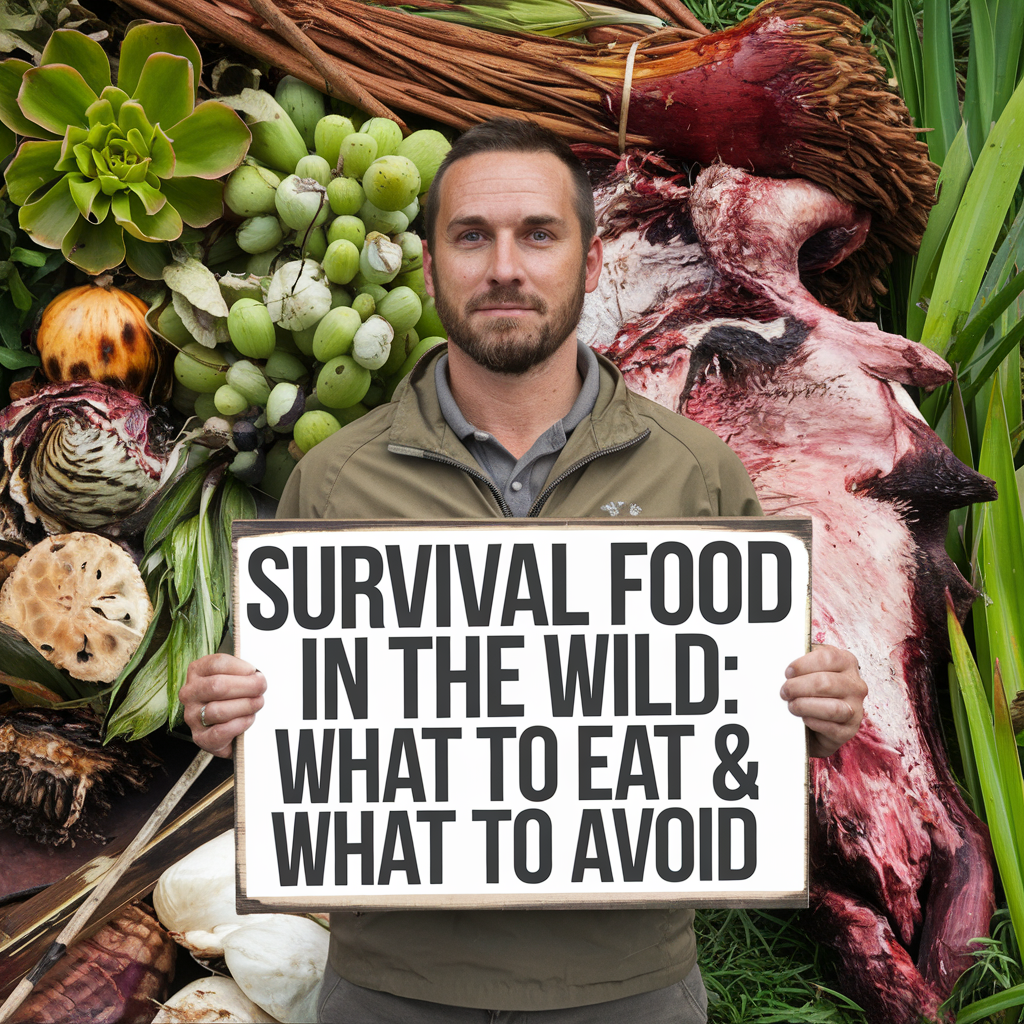
The Right Knowledge Can Save Your Life: Why Survival Food in the Wild Matters
When you’re out in the wild, food isn’t just about satisfying hunger—it’s about survival. Whether you’re lost on a hike, dealing with a disaster scenario, or just prepping for the unexpected, knowing what to eat (and what to avoid) can be the difference between life and death.
The Big Mistake Most People Make
A lot of survival beginners think they can just “figure it out” if they ever get stranded. But here’s the hard truth—nature doesn’t care if you’re hungry. Many wild foods look edible but can be toxic, and without the right knowledge, you could poison yourself instead of nourishing your body.
That’s why every survivalist needs a basic understanding of:
✔ Edible wild plants that are safe to eat.
✔ How to trap small game or catch fish when food is scarce.
✔ What NOT to eat in the wild to avoid getting sick.
✔ How to safely prepare and cook survival food without modern tools.
By learning these skills before you need them, you’ll be able to stay alive, stay sharp, and stay strong in any survival situation.
👉 Need a survival food cheat sheet? Check out this expert guide on 30 survival foods in the wild.

Wilderness Survival Food List: What You Should Be Looking For
When you’re out in the wild, finding food isn’t just about what looks edible—it’s about knowing what’s safe, nutritious, and easy to prepare. Some of the best survival foods are hidden in plain sight, while others require a little effort to catch.
1️⃣ Edible Wild Plants & Weeds 🌿
Many plants are packed with nutrients and grow almost everywhere. Dandelions, clover, cattails, and wild onions are easy to identify and safe to eat. If you’re in a pinch, these plants can provide fiber, vitamins, and a small energy boost to keep you moving.
Foraging for plants? You need to know what’s safe. The wrong choice can be deadly. This expert field guide covers over 200 edible wild plants and is a must-have for serious survivalists.
2️⃣ Nuts & Seeds: A Long-Lasting Energy Source 🥜
When you need high-calorie survival food, nuts and seeds are some of the best options. Acorns (after leaching), walnuts, pine nuts, and hickory nuts are packed with healthy fats and protein. Plus, they store well for long-term survival.
3️⃣ Small Game & Insects: Protein You Can Rely On 🐜🐇
If you’re serious about long-term survival, you’ll need more than plants. Small game like rabbits, squirrels, and birds provide essential protein and fats. If hunting isn’t an option, insects like crickets and grasshoppers are easy to catch and high in nutrients.
And don’t forget—when setting up a survival shelter for long-term survival, it’s best to stay near food sources. Here’s how to build an emergency shelter in the wild to maximize your chances of finding food.
4️⃣ Freshwater Fish & Amphibians 🎣🐸
Rivers and lakes are a goldmine for survival food. Trout, bass, and catfish are nutrient-dense and can be caught using hand lines, spears, or even traps. Frogs and turtles can also be eaten but require proper preparation.
If you’re planning to cook a fresh catch, learning how to start a fire without kindling is a game-changer. Here’s a proven guide to making fire with minimal resources.
5️⃣ Wild Berries: A Sweet Survival Treat (But Be Careful!) 🍓
Wild berries can be a quick sugar boost, but misidentification can be deadly. Safe options include blackberries, raspberries, and wild strawberries. Avoid anything with white berries, milky sap, or a bitter taste—they’re likely poisonous.
Foraging is an essential survival skill, and knowing which wild plants are safe can save your life. This guide on edible weeds covers some of the most overlooked survival superfoods.
Survival Food is Useless Without Clean Water 💧
You can survive weeks without food but only days without water. If you’re foraging for food, make sure you also have a plan for purifying water. Check out these essential survival water purification tips to avoid dehydration.
When you’re in the wild, every calorie counts, and every food choice matters. By knowing where to look and what to eat, you’ll increase your chances of survival and stay strong in any wilderness scenario.

What Would Humans Eat in the Wild? Returning to Our Natural Diet
Before modern supermarkets and fast food, humans survived on whatever nature provided—from wild plants and nuts to fish and small game. If civilization collapsed tomorrow, could you eat like your ancestors and thrive in the wild?
1️⃣ Hunting & Fishing: The Original Survival Diet 🎯🐟
For thousands of years, humans relied on hunting and fishing for protein. Deer, rabbits, birds, and fish provided the necessary fats and nutrients to sustain life. Even today, in a survival scenario, trapping small game or fishing is one of the most effective ways to secure food.
If you’re near a river or lake, fishing is an excellent survival strategy. It requires less energy than hunting, and certain fish species—like trout and catfish—are easy to catch with minimal gear. Having the right cooking setup can make all the difference in preparing your wild food—check out this ultimate campfire cooking kit to make your meals safe and edible.
2️⃣ Foraging for Wild Edibles: Nature’s Pantry 🌿🍓
Early humans didn’t always have a fresh kill on hand, so foraging became a crucial survival skill. Edible roots, leaves, nuts, and berries provided vitamins and fiber to supplement their diet. Even today, many common wild plants are still excellent survival foods:
✔ Cattails – The shoots and roots are full of carbohydrates.
✔ Dandelions – The entire plant is edible and packed with nutrients.
✔ Wild onions & garlic – Great for flavoring food and boosting immunity.
✔ Acorns & walnuts – High in protein and fat but require proper preparation.
Not all plants are safe to eat, though. Misidentifying a plant could be deadly, so always double-check before eating anything wild. This field guide on edible wild plants is a must-have if you plan to rely on foraging.
3️⃣ Can Humans Survive on Insects? (Yes, and Here’s Why) 🐜🍽
If you think eating bugs sounds crazy, think again. Insects are one of the most nutrient-dense survival foods on the planet. They are rich in protein, fat, and essential micronutrients, and they’re easy to catch without wasting much energy.
✔ Crickets & grasshoppers – High protein, easy to find.
✔ Mealworms – Packed with essential amino acids.
✔ Termites – Surprisingly nutritious and taste slightly nutty.
While you might not be grabbing a handful of bugs by choice, in a survival scenario, they could keep you alive when other food is scarce.
4️⃣ Cooking Your Food: The Difference Between Surviving & Thriving 🔥
Raw food can be dangerous in the wild, especially meat and fish. Cooking helps:
✔ Kill bacteria and parasites.
✔ Make food easier to digest.
✔ Improve nutrient absorption.
Fire is one of the most essential survival skills, not just for warmth but for cooking and preserving food. If you’re caught in a survival situation, knowing how to build a fire properly can make or break your ability to stay fed. Learn how to build a campfire like a pro with this easy guide.
5️⃣ How Does the Modern Diet Compare to a Survival Diet? 🍔 vs. 🌿
Today’s processed foods are a far cry from what humans used to eat. If you were forced to survive in the wild, you’d notice some major changes:
🚫 No processed sugar, flour, or artificial additives.
🚫 No quick access to protein or ready-made meals.
✔ Reliance on natural whole foods like nuts, fish, and plants.
✔ Meals are simpler but nutrient-dense, providing what the body actually needs to survive.
In a survival situation, going back to a more natural way of eating is essential. Your body will crave fat, protein, and energy-dense foods, and learning how to source them in the wild is a skill every survivalist should master.
Want to prepare for survival now? Stock up on essential, long-lasting survival foods that could save your life in an emergency. Discover the most important survival foods every prepper should have.

Can You Eat Grass If You’re Starving? The Truth About Wild Foods
If you’re stuck in the wild with no food, you might wonder, “Can I eat grass to survive?” It’s everywhere, easy to grab, and animals eat it all the time—so why not humans? Well, here’s the truth: eating grass isn’t a survival hack—it’s a bad idea.
Why Grass Won’t Save You in a Survival Situation 🌱🚫
🔥 Humans Can’t Digest It – Unlike cows and other grazing animals, we don’t have the enzymes or multiple stomachs needed to break down cellulose, the tough fiber that makes up grass. If you eat it, your body won’t absorb much nutrition.
🔥 It Can Make You Sick – Grass can contain harmful bacteria, parasites, or pesticides from surrounding areas. Eating it raw can cause nausea, vomiting, and diarrhea, which dehydrates you even faster—a death sentence in a survival situation.
🔥 It Can Cut Up Your Stomach – Some grasses have sharp edges or silica that can cause internal irritation, leading to pain and potential complications.
👉 Instead of grass, look for real survival foods like edible wild plants. This guide covers 30 of the best survival foods in the wild.
When Grass Might Be Useful in Survival 💡
Even though eating grass isn’t smart, it still has some survival uses:
✔ Chewing on grass can produce small amounts of moisture if you’re dehydrated (but don’t swallow).
✔ Grass can be boiled to make a weak broth, though it won’t provide real nutrition.
✔ Dried grass makes excellent insulation for shelters or bedding.
What to Eat Instead of Grass When Starving 🍽️
If you’re desperate for food, focus on:
✔ Edible weeds like dandelions, clover, and cattails.
✔ Nuts and seeds from oak, pine, or hickory trees.
✔ Insects like crickets, grasshoppers, and mealworms for quick protein.
✔ Fishing or trapping small game if possible.
Knowing what’s actually safe to eat in a survival situation is key. Check out this field guide on edible wild plants to make sure you’re eating nutrient-rich food instead of something that could make your situation worse.
When it comes to survival, grass is a last resort—and even then, it’s not a good one. Stick to real wild foods that can actually keep you alive.

What Not to Eat in the Wild: Avoiding Deadly Mistakes
When you’re in survival mode, the wrong food can be more dangerous than no food at all. Eating something toxic can cause vomiting, dehydration, organ failure, or worse—and in the wild, there’s no ER to save you. Knowing what to avoid is just as important as knowing what to eat.
1️⃣ Poisonous Plants That Look Edible 🌿☠️
Some of the most dangerous plants look just like safe ones—but even a small bite can be deadly.
🚫 Water Hemlock & Poison Hemlock – Looks like wild carrots but is one of the deadliest plants in North America.
🚫 Deadly Nightshade (Belladonna) – Small black berries that look harmless but cause hallucinations, coma, and death.
🚫 Wild Mushrooms – Some are edible, but many are toxic or even fatal—unless you’re a trained expert, avoid them altogether.
👉 Not sure how to tell safe from deadly? This field guide on edible wild plants will help you identify what’s actually safe to eat.
2️⃣ Berries That Will Kill You 🍒☠️
Many wild berries look delicious, but some can shut down your organs fast.
🚫 White & Yellow Berries – Almost all are toxic—never eat them.
🚫 Holly Berries – Extremely poisonous and can cause severe vomiting.
🚫 Pokeberries – Birds eat them, but humans? You’ll regret it.
If you’re foraging for survival food, stick to well-known safe berries like blackberries, raspberries, and wild strawberries.
3️⃣ Raw Meat & Fish: The Hidden Danger 🐟🥩
You might think eating raw meat in a survival situation is fine, but it’s a huge risk.
🚫 Raw fish can carry parasites like tapeworms and bacteria that can cause severe illness.
🚫 Undercooked wild game can be contaminated with diseases like trichinosis or tularemia.
🚫 Rotting or questionable meat? Don’t even think about it.
🔥 Always cook your meat & fish thoroughly. If you don’t know how to make a fire properly, you’re putting yourself in danger. Learn how to build a campfire like a pro with this guide.
4️⃣ Insects That Will Hurt You, Not Help You 🐜❌
While some bugs are packed with protein, others are toxic or full of bacteria.
🚫 Brightly colored insects – Often a warning sign of poison.
🚫 Hairy or spiny bugs – Can cause allergic reactions or skin irritation.
🚫 Bees & Wasps – Edible, but the risk of being stung makes them not worth it.
Safe insect options? Stick to crickets, grasshoppers, and mealworms—they’re high in protein and easy to catch.
5️⃣ Standing Water: A Hidden Survival Threat 💧⚠️
When you’re desperate, it’s tempting to drink from a lake or river, but untreated water is full of bacteria and parasites.
🚫 Still water (ponds, puddles) = breeding ground for bacteria.
🚫 Slow-moving water = higher chance of contamination.
🚫 Water with algae or strange color? Avoid at all costs.
Instead, always purify your water first. This survival water purification guide will show you how to make it safe to drink.
If You’re Not 100% Sure It’s Safe, Don’t Eat It.
In the wild, guessing wrong can kill you. When in doubt, stick to what you KNOW is safe—or learn before you need it.
👉 Want to stock up on survival food so you’re never stuck guessing? Check out this must-have list of essential foods for preppers.
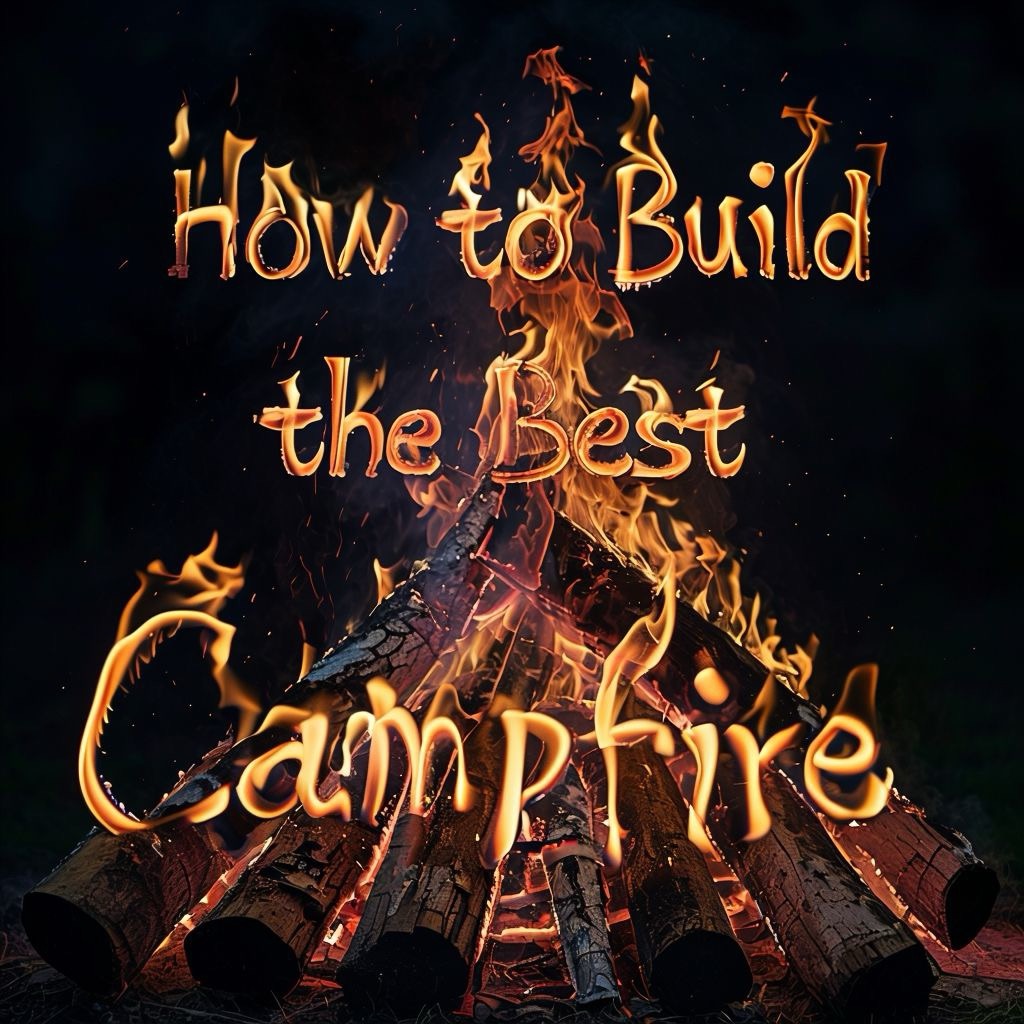
How to Get Food in the Wild When You Have No Supplies
When you’re stranded with no food, no gear, and no plan, it’s easy to panic. But your survival depends on staying calm and knowing where to look for food. Nature provides plenty of options—you just need to know where to find them.
1️⃣ Trapping & Snaring Small Game 🐰🎯
Hunting with a rifle is great—if you have one. But if you don’t, trapping is your best bet for catching small animals like rabbits, squirrels, and birds with minimal effort.
✔ Snare traps – A simple wire loop that tightens when an animal steps in it.
✔ Deadfall traps – Uses a heavy rock or log to crush prey.
✔ Pit traps – A deep hole covered with leaves to catch unsuspecting animals.
Traps work best near water sources and along animal trails. Setting multiple traps increases your chances of catching food without wasting energy.
2️⃣ Fishing with Basic Materials 🎣🐟
If you’re near a lake, river, or stream, fish are one of the easiest and most reliable survival foods. Even without a rod, you can catch fish with:
✔ Hand lines – A simple string or shoelace with a hook (or sharp bone).
✔ Fish traps – Rock barriers or basket traps that funnel fish inside.
✔ Spearfishing – A sharpened stick works in shallow water.
🔥 Cooking tip: Always cook fish thoroughly to kill parasites. If you don’t have a fire, try sun-drying or smoking it over hot rocks. Learn how to start a fire in the wild without kindling.
3️⃣ Foraging for High-Energy Foods 🌿🍓
If you don’t have weapons or traps, foraging is your next best option. Look for easy-to-find, calorie-dense foods like:
✔ Nuts & Seeds – Acorns (leached), walnuts, pine nuts.
✔ Edible Wild Plants – Dandelions, cattails, clover.
✔ Wild Berries – Blackberries, raspberries, strawberries.
Warning: If you’re unsure about a plant, don’t eat it. Use this expert guide to identify safe edible plants in the wild.
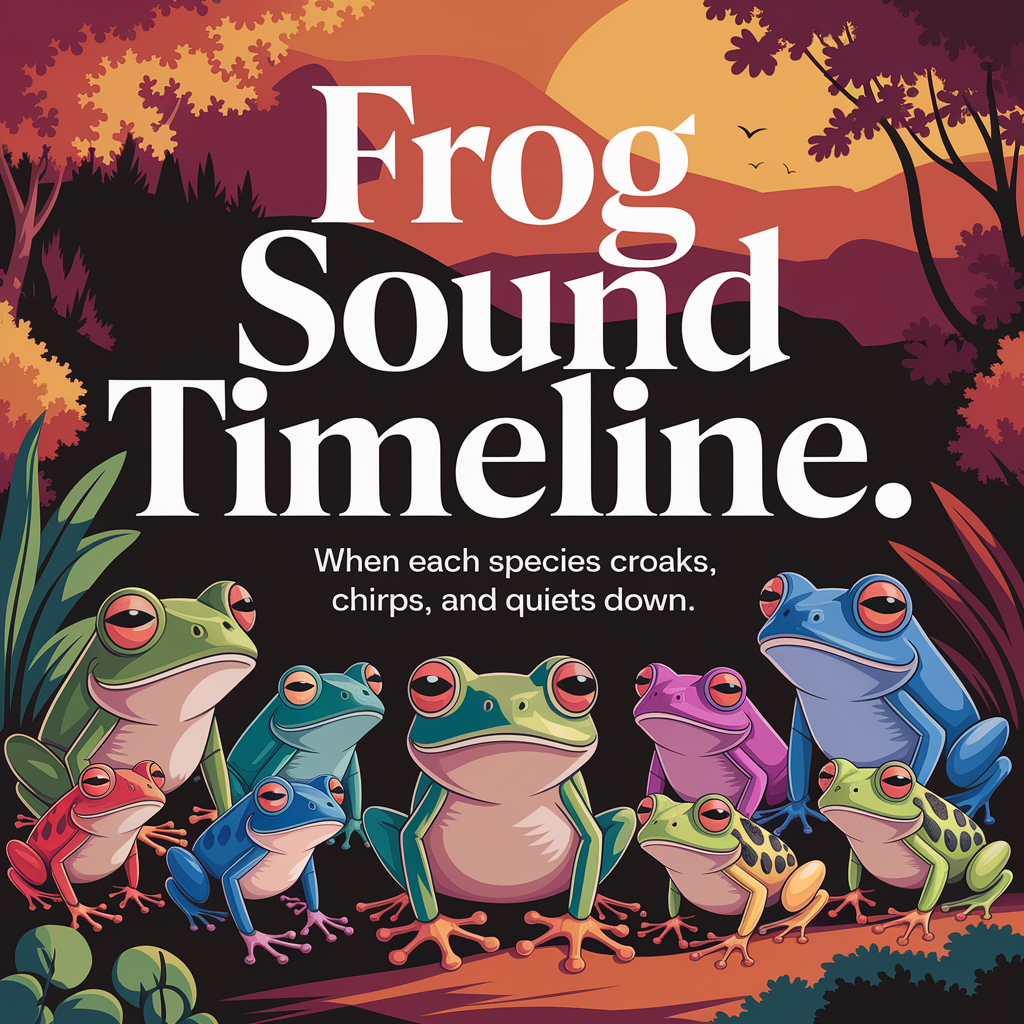
4️⃣ Eating Insects & Other Unexpected Protein Sources 🐜🍽️
It’s not glamorous, but bugs can keep you alive. Insects are rich in protein, fat, and nutrients, and they require very little effort to catch.
✔ Safe to eat: Crickets, grasshoppers, mealworms, termites.
❌ Avoid: Brightly colored bugs, hairy/spiny insects, venomous species.
🔥 Best way to eat them? Roast them over a fire for a crunchy, nutrient-packed meal.
5️⃣ Cooking & Preserving Wild Food 🔥
Even if you find food, you need a way to cook it. Eating raw meat or fish is dangerous, and some plants are more digestible after being cooked.
✔ Smoking & drying – Preserves meat and fish for long-term survival.
✔ Stone boiling – If you don’t have a metal pot, heat rocks and drop them into a water-filled bark container.
✔ Campfire cooking – Learn to make a simple fire pit or rock stove for cooking and warmth. Here’s how to build a survival campfire like a pro.
Survival Food Tip: Conserve Energy & Stay Smart
In a survival situation, burning too many calories looking for food can be just as dangerous as starving. Focus on low-energy, high-reward food sources like foraging and trapping before trying to hunt.
👉 Want a backup plan? Start stocking up on essential survival foods today. Here’s a list of the best foods every survivalist should have.

Survival Food Storage & Long-Term Planning
Finding food in the wild is one thing—but keeping it safe and edible for long-term survival is another. If you’re relying on nature for food, you need a plan to store and preserve it to avoid wasting valuable resources.
1️⃣ How to Preserve Meat & Fish Without Refrigeration 🥩🐟
In the wild, raw meat and fish spoil quickly, so you must preserve them immediately. Here’s how:
🔥 Smoking – Hanging strips of meat over a low fire for several hours removes moisture and extends shelf life.
🔥 Sun Drying – Works best in hot, dry climates. Lay thin slices of meat or fish on rocks in direct sunlight.
🔥 Salt Curing – Rubbing meat with salt draws out moisture, preventing bacteria growth.
If you’re catching fish for survival, learning to preserve it is essential. Check out this guide on the best campfire cooking kit for survivalists.
2️⃣ Building a Survival Food Cache 🔥🌾
If you’re planning for long-term survival in the wilderness, you need a hidden food storage system. Some effective methods include:
✔ Buried Cache – Store dried food in waterproof containers underground to keep it safe from animals and the elements.
✔ Hanging Food Storage – In bear country, hang food high in a tree to keep it safe. Here’s how to store food properly in bear country.
✔ Rock Caverns & Caves – Use natural cool, dry areas to store food away from direct sunlight.
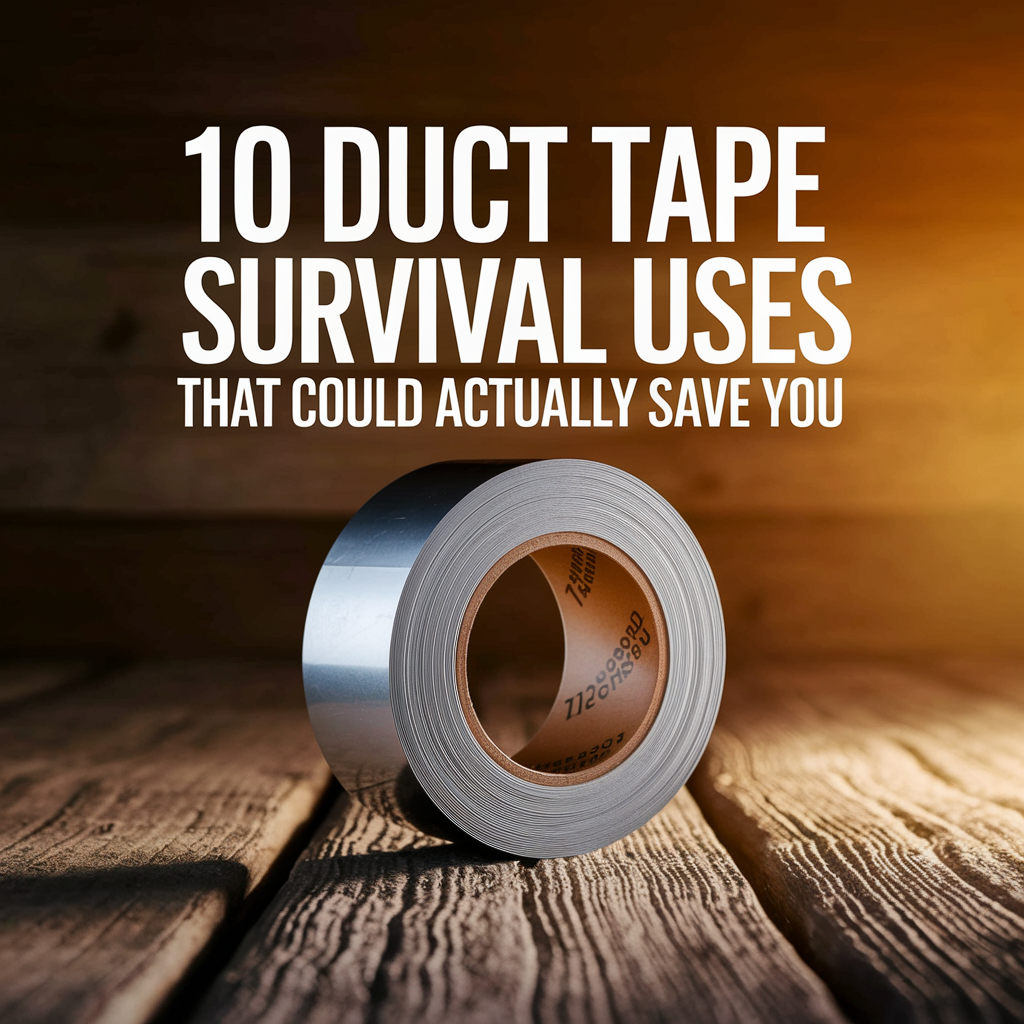
3️⃣ Top 10 Survival Foods to Stockpile 🏕️🥫
For those who want to prepare before an emergency hits, having a stockpile of long-lasting survival foods is critical. Some of the best options include:
1️⃣ Rice & Beans – Long shelf life, high in protein and carbs.
2️⃣ Honey – Never spoils and provides fast energy.
3️⃣ Dried Meat & Jerky – Protein-packed and lightweight.
4️⃣ Powdered Milk & Protein Powder – Essential nutrients in compact form.
5️⃣ Dehydrated Fruits & Vegetables – Easy to store and full of vitamins.
6️⃣ Canned Fish (Tuna, Sardines, Anchovies) – Long shelf life, high in Omega-3s.
7️⃣ Peanut Butter or Nut Butters – High in healthy fats and protein.
8️⃣ Hardtack & Crackers – Durable, long-lasting food source.
9️⃣ Salt, Sugar & Spices – Essential for preserving and flavoring food.
🔟 Instant Coffee & Tea – Keeps morale up and provides caffeine.
For serious long-term survivalists, having the right foods stockpiled makes all the difference. Here’s why anchovy paste is an underrated survival food for preppers.
4️⃣ Storing & Rotating Your Survival Food ♻️
Even the best survival food has limits. If you’re building a long-term stockpile, rotating your food supply ensures freshness.
✔ Follow FIFO (First In, First Out) – Eat older stock first and replace with fresh supplies.
✔ Use Mylar Bags & Oxygen Absorbers – Extends shelf life for grains, rice, and beans.
✔ Store in a Cool, Dry Place – Heat and humidity shorten food lifespan.
👉 Looking to create a fully self-reliant homestead? Check out this guide on crafting a survival food system.
Survival Is About Smart Planning
In an emergency, food isn’t just about calories—it’s about sustainability. Learning to preserve, store, and rotate survival food properly can mean the difference between thriving or barely scraping by.
If you’re serious about being ready for anything, start stockpiling now and learn how to source and store food effectively.
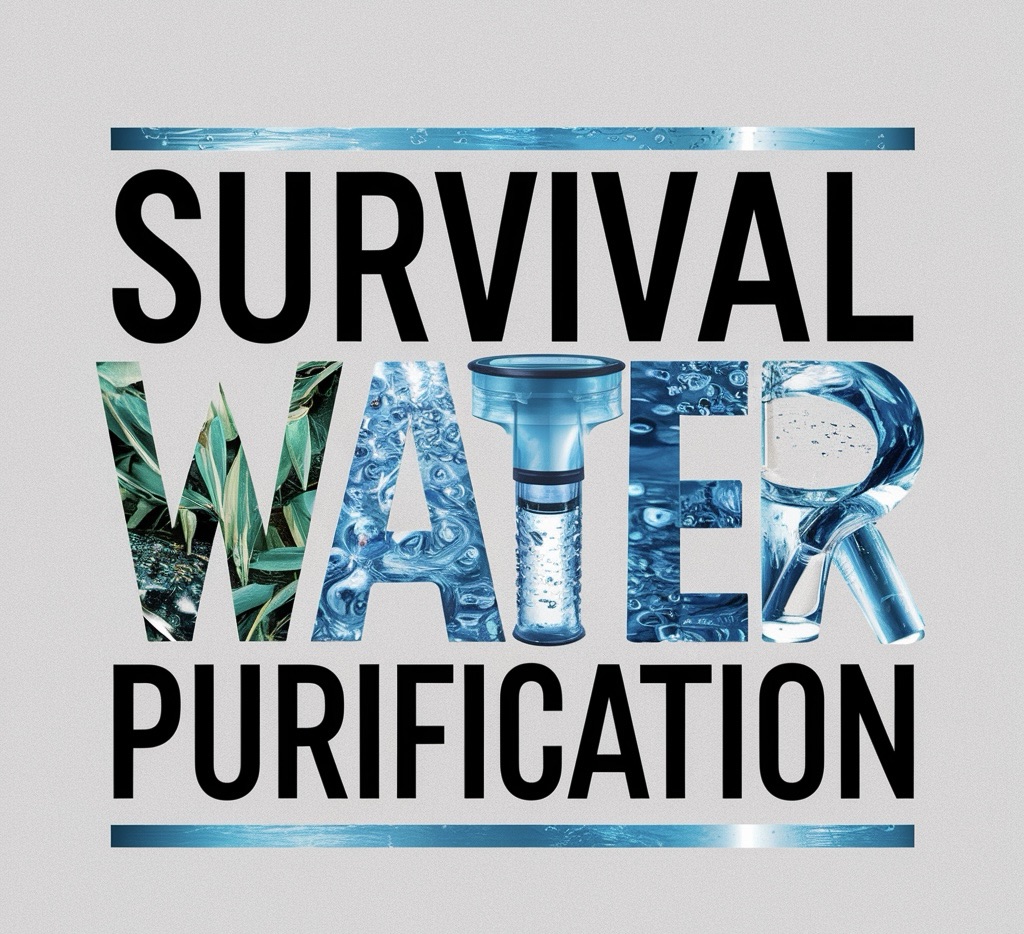
Mastering Survival Food in the Wild
Surviving in the wild isn’t just about finding food—it’s about knowing what to eat, how to get it, and how to make it last. Whether you’re foraging for plants, trapping small game, fishing for survival, or stockpiling food for long-term emergencies, the right knowledge can mean the difference between life and death.
🔑 Key Survival Food Takeaways:
✔ Know what’s safe to eat – Some wild foods are lifesaving, others are deadly. This edible plant guide is essential for any survivalist.
✔ Master food gathering techniques – Trapping, fishing, and foraging are low-energy, high-reward survival skills.
✔ Avoid dangerous foods – Poisonous plants, toxic berries, raw meat, and untreated water can end your survival chances fast. Learn how to store food properly in bear country.
✔ Preserve what you catch – Smoking, drying, and salting food will keep you fed long-term.
✔ Have a backup plan – Stockpiling survival foods gives you an advantage before disaster strikes. Here’s a must-have list of long-term survival foods.
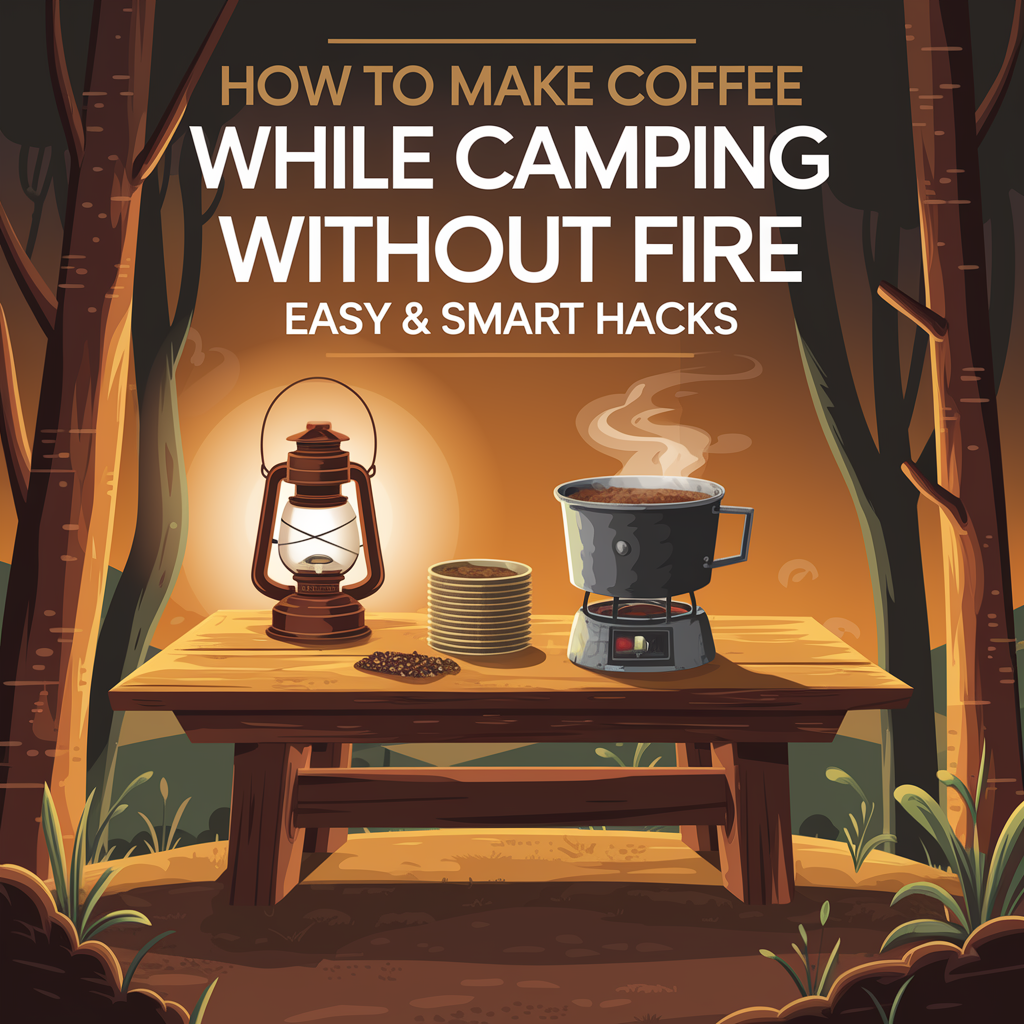
Survival Isn’t Just About Food—It’s About Readiness
If you want to be truly prepared for anything, learning survival food strategies is just one piece of the puzzle. You also need clean water, shelter, fire, and a solid understanding of survival basics.
👉 Looking to go fully off-grid? Start your journey to self-reliance here.
By mastering the skills in this guide, you’ll be ready to survive anywhere—from the deep wilderness to a long-term emergency. The key to survival is knowledge—start preparing now.
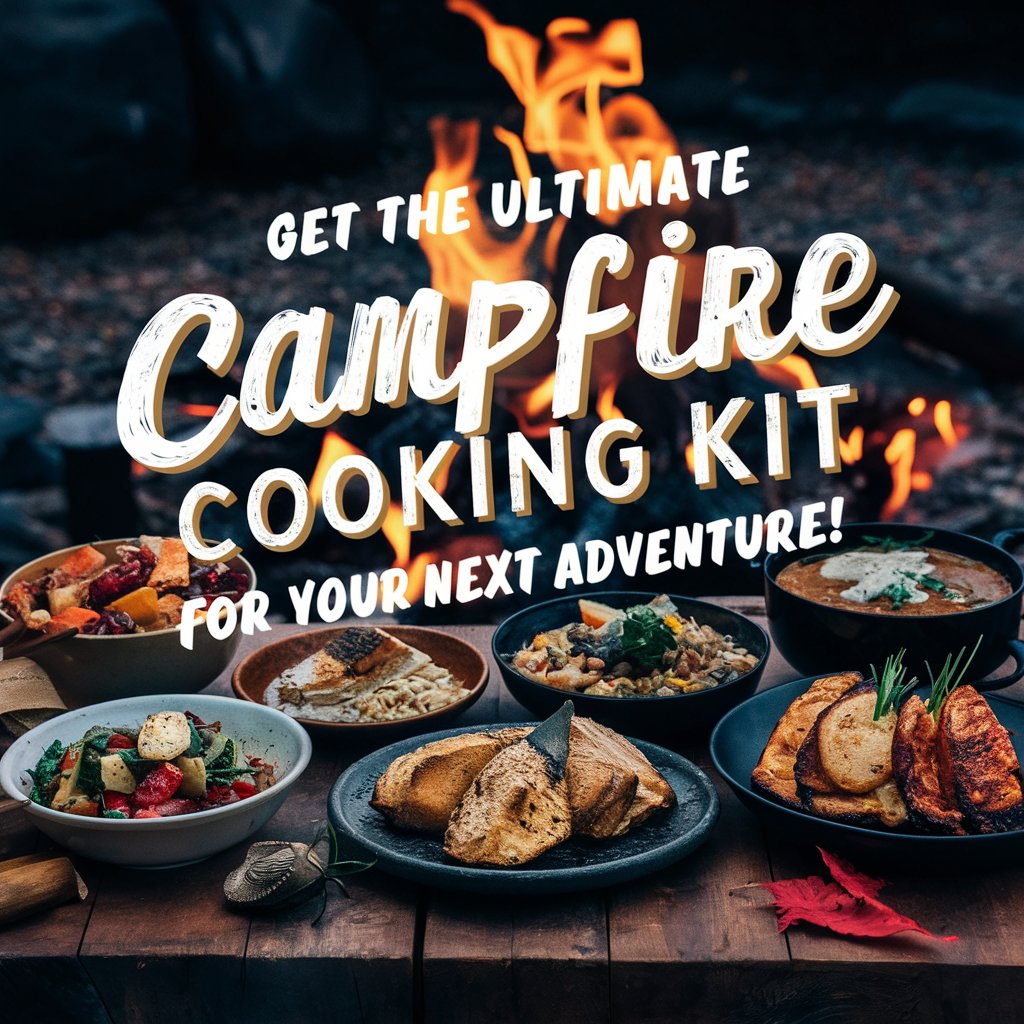
As an Amazon Associate we earn from qualifying purchases through some links in our articles.
